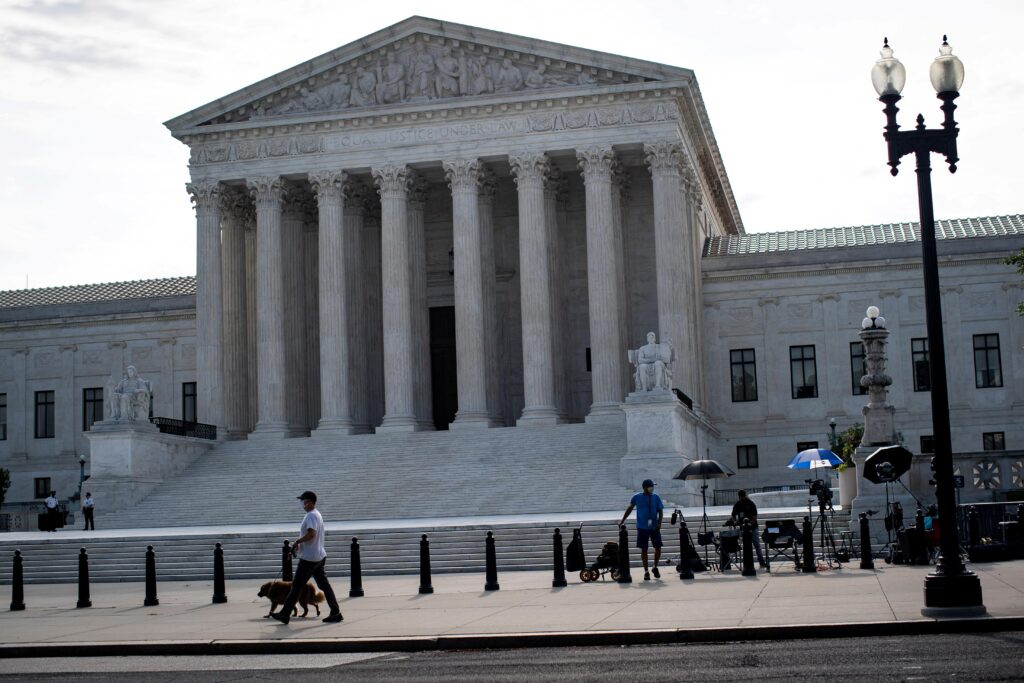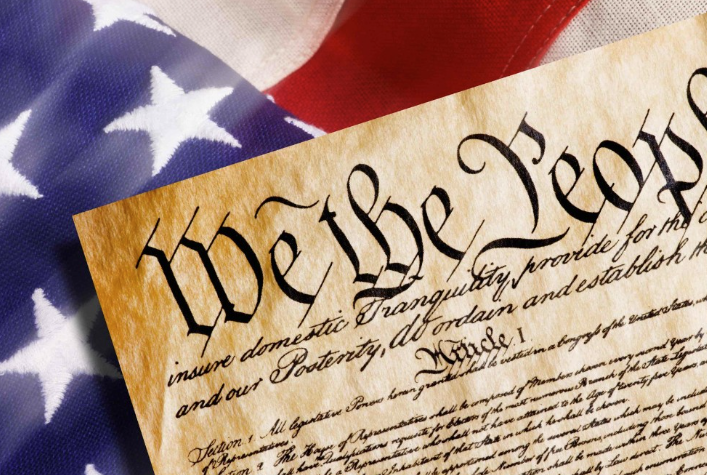By David L. Hudson, Jr.
The Supreme Court will clarify how far the arm of school authority extends—if at all—to student social media expression created off-campus. The case, Mahanoy Area School District v. B.L., involves a message posted on Snapchat by student “B.L.” on a Saturday afternoon off-campus after she learned she failed to advance from the junior varsity to the varsity cheerleading squad. The message stated in part “fuck cheer, fuck everything.”
For her less than pristine language, B.L. was booted off the cheerleading squad for a year. She and her parents sued the school district, alleging a violation of her First Amendment free-speech rights. B.L. argued that the school district lacked the authority to punish her for purely off-campus speech. Her parents contended the matter was one for parental, rather than school discipline.
Both a federal district court and the Third U.S. Circuit Court of Appeals ruled in her favor, reasoning that the off-campus venting of frustration did not give school officials the authority to punish her. The Third Circuit explicitly ruled that the primary student-speech precedent, the U.S. Supreme Court’s decision in Tinker v. Des Moines Independent Community School District (1969), did not apply to off-campus expression.
In Tinker, public school officials in Des Moines, Iowa, suspended students Mary Beth and John Tinker for wearing black peace armbands to school to protest the Vietnam War. The Court famously declared that students “do not shed their constitutional rights to freedom of speech or expression at the schoolhouse gate,” and that school officials could punish students for their speech on campus only if they could reasonably forecast that the student speech would substantially disrupt school activities or interfere with the rights of others.
Mahanoy School District argues that in the age of cyberbullying, much off-campus student social media expression has direct, tangible harm at school and does constitute a substantial disruption or interference with the rights of others. They argue that oftentimes the intended audience of students’ social media expression is the school community and, thus, they are targeting the school environment.
B.L., however, says she was merely blowing off steam on a Saturday afternoon.
The Supreme Court now can clarify if and when the Tinker substantial disruption standard applies to off-campus speech. At the very least, there must be a close nexus or connection between the student’s off-campus speech and something that happens at school. It is difficult to see how random ranting from a student on a Saturday afternoon about cheerleading could amount to a minor disruption, much less a substantial one.
It appears that B.L.’s Snapchat message was more a matter for parental discipline, than school discipline. Her message contained profanity but it had little to any impact on the school. To give school officials the power to discipline students for speech this disconnected from the school seems dangerous and unwise.
School officials are not parents, and they should not be in the business of punishing students for stuff that happens off-campus. Perhaps it is different if they can show that off-campus social media speech is closely connected to a campaign of bullying or harassment at school.
But, that is not what happened with B.L.. She merely vented her frustration intemperately on a Saturday away from school. The First Amendment protects such speech.
Tags


